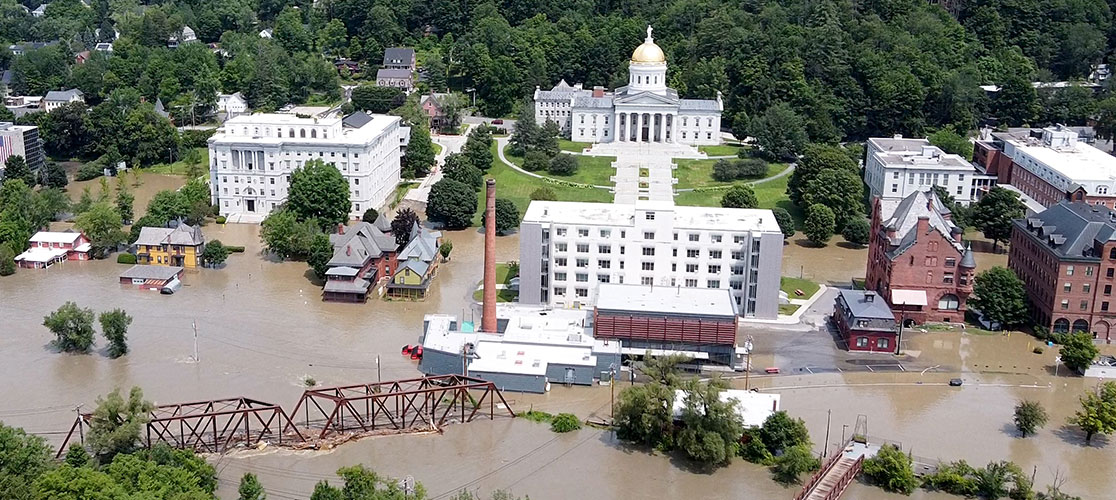
VT Food Security Roadmap: Objective G3
G3: Create an Office of Food & Nutrition Security and clarify legislative jurisdiction over food security
G3: Create an Office of Food & Nutrition Security and clarify legislative jurisdiction over food security

The only entity in Vermont with the authority and capacity to implement changes at the scale required is our state government.
Vermonters deserve an undisputed champion for food security within their government, and a better system of accountability, responsibility, and authority to address food security in both the executive and legislative branches. Because food security involves structural issues that are the purview of multiple state agencies, a coordinated governmental approach, with increased inter-agency collaboration and decision-making alongside the joint tracking of food security indicators, is needed. For example, the Executive Director hired to lead the Office will oversee food security–related disaster planning and response, in collaboration with the Emergency Preparedness Director and Emergency Management Director, so that a coordinated plan exists and training exercises are regularly conducted.
Additionally, the government should make food security the defined responsibility of a committee or committees (establish jurisdiction and oversight), as it is not currently assigned to any.
Keep in Mind
The Office of Racial Equity is a model. Creating an Office of Food & Nutrition Security will both require a statute change (i.e., a bill being enacted) and create an ongoing budget need for the position and activities of the Office. The Office staff can explore new funding opportunities across all Agencies, Departments, and Divisions, and ensure Vermont is maximizing its ability to draw down all possible federal funding.
Strategies marked with a ![]() are high-priority
are high-priority
Create an Office of Food & Nutrition Security based out of the Agency of Administration with the authority to provide oversight and coordination across agencies and departments in state government and to collaborate with Statewide Food Security Coalition implementing aspects of the Roadmap on the ground.
Clarify legislative committee jurisdiction related to the oversight of the food security of Vermonters. Update Vermont House and Senate rules to definitively assign oversight to one or more committees.
Develop and maintain data systems for identifying how many people in Vermont are food insecure and track progress against this Roadmap. Potential data sources include food security screenings in health settings, and the Behavioral Risk Factor Surveillance Survey administered by the Vermont Department of Health.
Create a clear accountability matrix between agencies and departments with authority over various agriculture and hunger-related food security programs and efforts.
“There is a perception in the [feedback] that Vermont’s government agencies don’t grasp the extent of food insecurity or aren’t on the side of the farmers/farming working to address it. We saw this as an opportunity to rethink how those agencies are structured. A potent approach would be to create a single agency to oversee all farm and food security work in the state. Specific suggestions we heard that such an agency could launch: pilot a universal local food allowance for all Vermont residents (close the SNAP gap); develop community food security grant opportunities that don’t have cost-matching requirements; proactively fund the types of farming that will feed Vermonters into an uncertain future and those putting fresh, healthy staples onto Vermonters’ plates; direct resources to communities experiencing the greatest inequities now. There was also a suggestion to sponsor one grant that communities themselves could vote to award. In general, a unified agency’s programs must better reflect the reality that food security affects far more Vermonters than the data show and ensure that every Vermont resident enjoys guaranteed access to the bounty of Vermont’s farms—including the many long-distance migrants who work on those farms and number high among our food insecure.”
Farm to Plate members reviewing statewide feedback